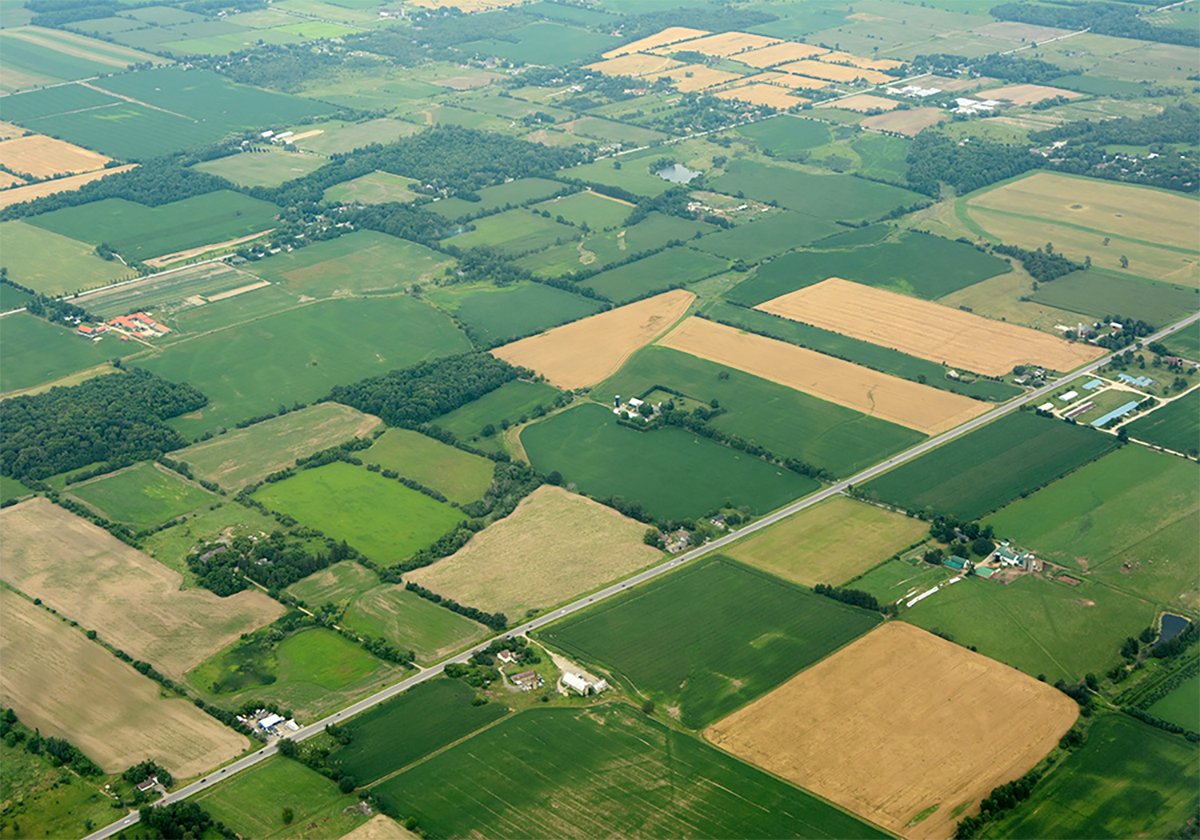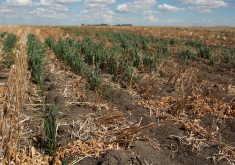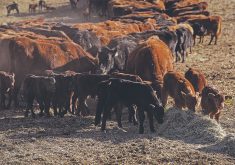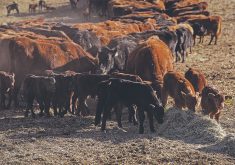AgriStability is a business risk management program that few producers understand and as a result many have left the program. It provides cheap disaster insurance based on an operation’s margins.
The margin is calculated as allowable income (such as grain and cattle sales), less allowable expenses. Allowable expenses are the direct variable expenses, and include fertilizer, chemical, crop and production insurance (including hail insurance), veterinarian fees, feed, fuel, electricity, freight, heating fuel, arm’s length salaries to unrelated people, storage/drying and commissions and levies.
The historical reference margin is calculated based on a five-year Olympic average, removing the best and worst years, leaving the average of the three remaining years. When your current year margin falls more than 30 percent below your historical reference margin, AgriStability will pay 80 percent of the additional margin decline.
Read Also

Higher farmland taxes for investors could solve two problems
The highest education and health care land tax would be for landlords, including investment companies, with no family ties to the land.
For example, a grain farm may have an average of $400 per acre of revenue and $200 per acre of allowable expenses, with a $200 per acre reference margin.
If the margin declines by 30 percent, to $140 per acre, any margin decline below $140 per acre will be covered at 80 percent by AgriStability.
Some common complaints about the program are:
- It will never pay — AgriStability is designed for true disasters and despite the 2021 drought, many grain producers had profitable years because of good crop insurance coverage and excellent grain prices. However, we did see AgriStability payouts, especially with producers who didn’t have crop insurance or were caught with large contract buyouts.
Cow-calf producers have been plagued with low prices and higher costs because of drought for years. As a result, many cow-calf operations have very poor historical margins, and the drought relief payments in 2021 reduced AgriStability claims. To improve the program, the confusing reference margin limit was removed in 2021, making the program more lucrative for livestock operations.
- Payments take a long time — AgriStability has a slow turnaround. If you have a disaster, you can file an interim claim, and 50 percent of the estimated payment will be paid. If your books and production records are clean and easy to follow, the AgriStability application will be processed faster.
- The payment rate just increased — In a claim position, the payout rate went from 70 percent in 2022 to 80 percent in 2023.
- Costs are rising — Other than the recent decrease in fertilizer prices, input and crop insurance costs have been increasing significantly. Many producers bought fertilizer in winter 2022 when the prices were high, but they may have not locked in grain sales to offset these high prices. As a result, grain producers most likely to trigger claims in 2023 will have higher allowable costs and yields just at the crop insurance guarantee but with lower prices. For example, if you still average $400 per acre of revenue, but your allowable expenses increase to $300 per acre, your margin would be $100 per acre. If you have a $200 per acre reference margin, AgriStability kicks in when the margin falls by more than 30 percent or $140 per acre. A $40 per acre additional margin decline covered at 80 percent would result in a $32 per acre payment.
- Crop insurance coverage will likely decline — Crop insurance has bailed out a lot of producers with very good coverage. We expect in future years, the coverage level will decline (with poor yield histories over the past couple years), and the coverage price will also decline with falling commodity prices. If your 2023 canola coverage is 30 bu. per acre at $18.83 per bu. or $565 per acre but declines next year to 27 bu. per acre at $14 per bu. or $378 per acre, what will you do? AgriStability can be used as a tool to reduce this risk.
- Your history could be better than ever — Because of high commodity prices and crop insurance coverage, many producers have had several very profitable years recently. As a result, your AgriStability coverage could have increased substantially over the past couple years, making AgriStability much more likely to trigger a claim in future years.
- Pray for hail — As of 2020, private insurance, such as hail insurance and Global Ag Risk Solutions, are allowable expenses, but the private insurance claims are not allowable income in the year. As a result, hail might be the most profitable result. If you collect from private insurance, you may also receive a large AgriStability claim. A large government-funded crop insurance payout will reduce your AgriStability claim.
- Integrate your reference margin into your planning — AgriStability covers your allowable expenses, not just your production, as with crop insurance. We recommend factoring your reference margin and costs into your crop planning. For example, deciding whether to apply a pass of fungicide is a lot different if you know that 80 percent of it will be covered by AgriStability in a disaster situation.
The AgriStability enrolment deadline is April 30 each year. We recommend reviewing your historical results and considering whether this extra layer of insurance makes sense for your farm.
Levi Derksen, CPA, CGA, is a senior manager in the Ag Team at Buckberger Baerg & Partners LLP in Saskatoon. He can be contacted at lderksen@bbllp.ca.















